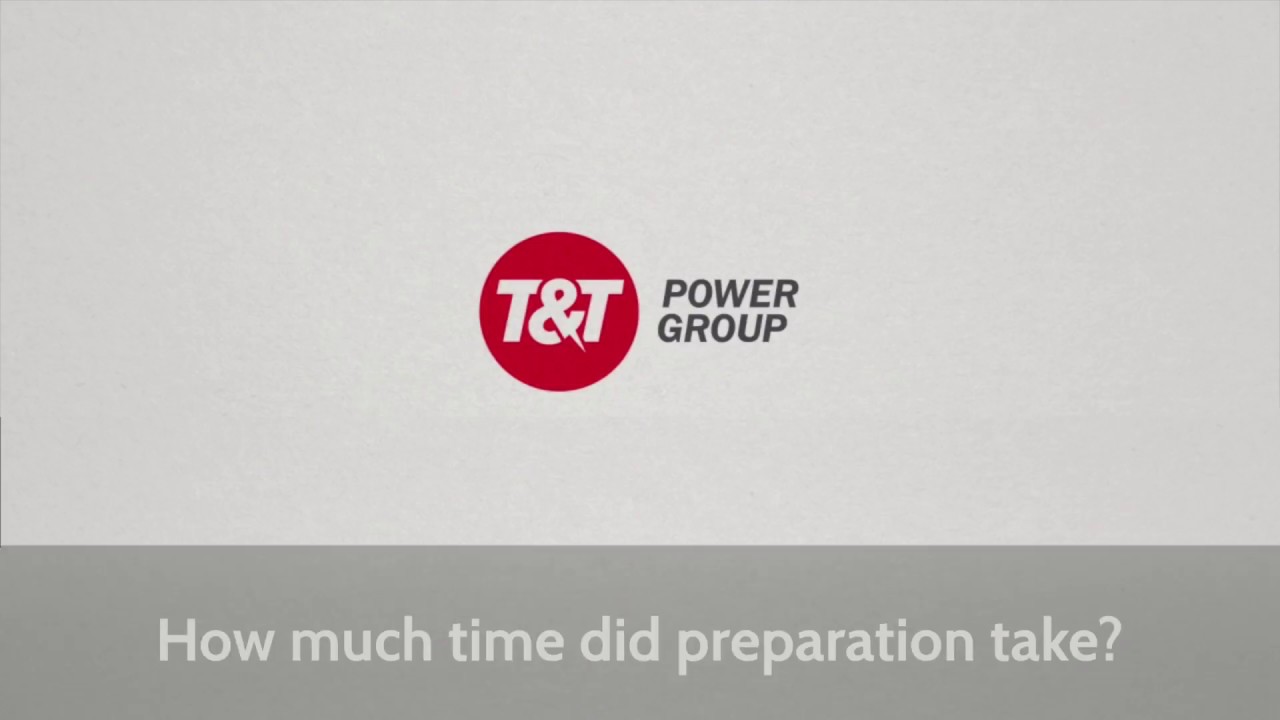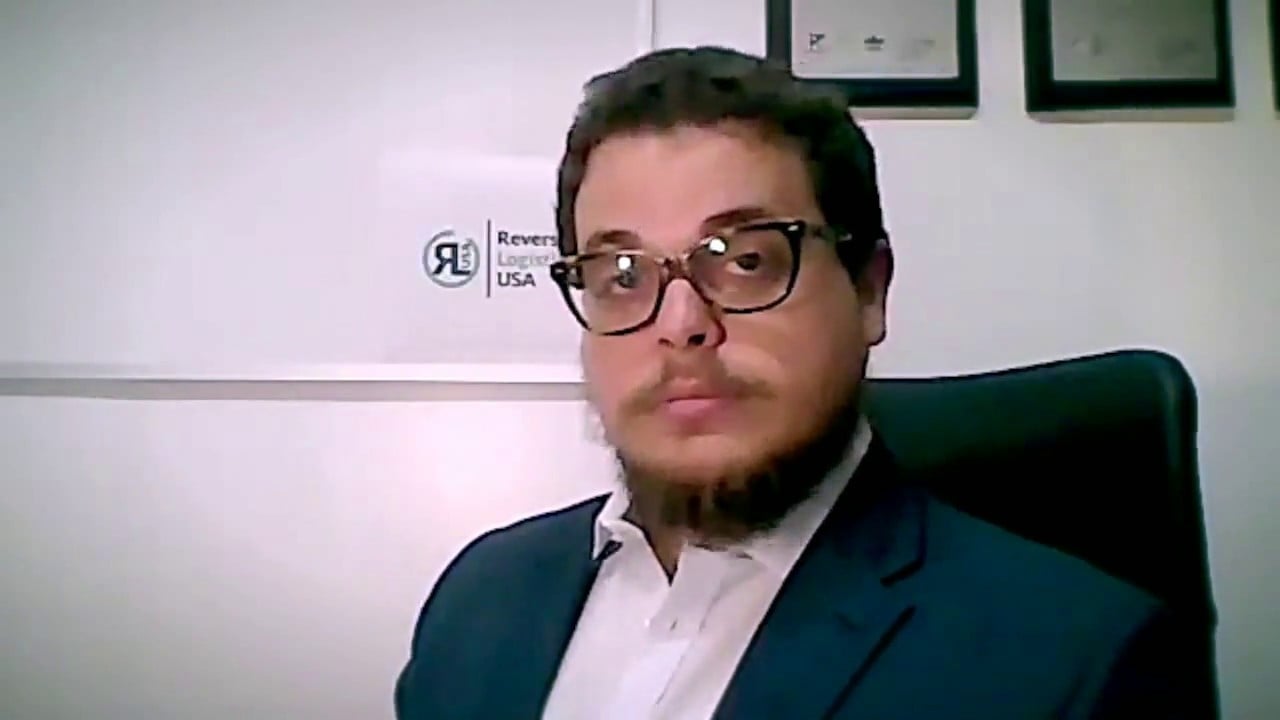ISO Certification.Fast. Accurate. Stress-Free.
Get certified in as little as 30 days—without templates, without shortcuts. 100% compliant. Proven with thousands of clients.

Compliancehelp - How we started?
At Compliancehelp Consulting LLC when we began helping companies with ISO certification, the industry relied heavily on generic templates and confusing, one-size-fits-all systems. We knew there was a better way. Businesses needed guidance that was practical, customer-centric, and tailored to how they actually operate.
So we built ISO consulting models with a simple idea: listen first, then guide. Since our establishment in 2000, we have supported thousands of organisations in achieving ISO certification smoothly, efficiently, and without the unnecessary burden often associated with compliance.
Today, our customized, assumption-free consulting approach ensures your business meets ISO Standards with clarity, confidence, and long-term success. This commitment to personal service and real results is why so many clients trust Compliancehelp Consulting LLC as their preferred ISO partner.
We’ve made compliance simple.
Let us build a management system that actually works for your business — one that makes passing your audit easy and delivers real results. Discover how our simplified approach to ISO can save you time, effort, and frustration.
Your Complete ISO Solution.
Full-service consulting that builds your system, prepares your team, and gets you certified in record time.
Readiness
Review.
Not sure if you are ready for certification? Want a final check of readiness? Get a consultation to review your system now!
Gap Analysis
Made Simple.
We identify what’s missing, fix what’s unclear, and get you ready for certification fast.
Ready for a real check-up?
Our internal audits go beyond compliance — they strengthen your system and make your next certification audit a breeze.
marquee
Real Results, Remarkable Speed.
See how we at Compliancehelp Consulting LLC helped organizations like Samsung Telecommunications, T&T Power Group, and Reverse Logistics achieve
ISO certification in record time — and build systems that truly perform.
Proud to partner with organizations that
set the standard for excellence.
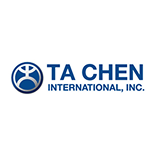
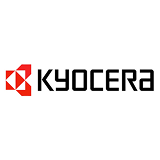
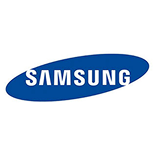
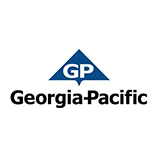

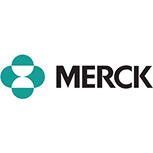
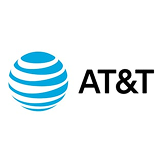


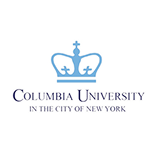
Our unique method can get you ready for ISO certification in as quick as 30 days with no compromises. Proven track record. 100% accurate and compliant.
What makes us different?
Ready to call us?
We won’t give you the sales pitch and here is no obligation to purchase.
See what businesses around the world say about their experience working with us —
real results, real satisfaction.


Andrew was instrumental in helping us get ISO 17025 certified. He provided strong guidance throughout the entire process. He was always available whenever our team had questions. We presented him with a tight timeline and he was able to help us achieve our goal. His service and professionalism were greatly appreciated by our organization. We would absolutely use him again for his consulting services.


Walked us though like a Prince! Some people think they can do it on their own, then all of a sudden 3 months are gone, and before you know it, it is a year and a half and it is still not done.” (R2/ISO 45001 & ISO 14001. 9 Days from beginning consulting to beginning of stage 1 audit)


We were most fortunate, they will often tell you it takes at least six months to a year to get your certification. We had Compliancehelp come to us in August, I think, the 27th. We started out process then. We moved on to our stage II audit, which was from an outside auditor on September 27. And we received our certification on October 1st. So we were more than thrilled.
Let's discuss further to get better results
We are certified to ISO 9001
Certificate Number : C061022
Free quote.
No obligation. No sales pitch.
Your top questions, answered simply.

Q. What is an ISO certification standard?
An ISO certification standard is a globally accepted framework for managing business operations as per the best industry practices. Designed by the International Organization for Standardization, each standard serves a particular business purpose. It can be quality, environmental sustainability, data safety, or occupational safety management.
Q. What are quality assurance services?
Quality assurance services are comprehensive consultations designed to help companies meet ISO quality control requirements. They help with finding gaps between the system and objectives, organize internal audits, and readiness reviews
Q. What is ISO 9001 consulting?
ISO 9001 is the internationally recognized standard for quality management. It sets the most relevant policies and procedures for managing the quality of services. ISO 9001 consulting solutions precisely focus on managing the performance of products to satisfy the customers. It includes all the facilities that an ISO consultation provides. However, whether all the analyses are necessary depends on the current state of a brand.
Q. What is an internal audit service?
An internal audit is an independent assessment of a management system to determine compliance. It checks if there is any need for assistance from a higher authority for a





